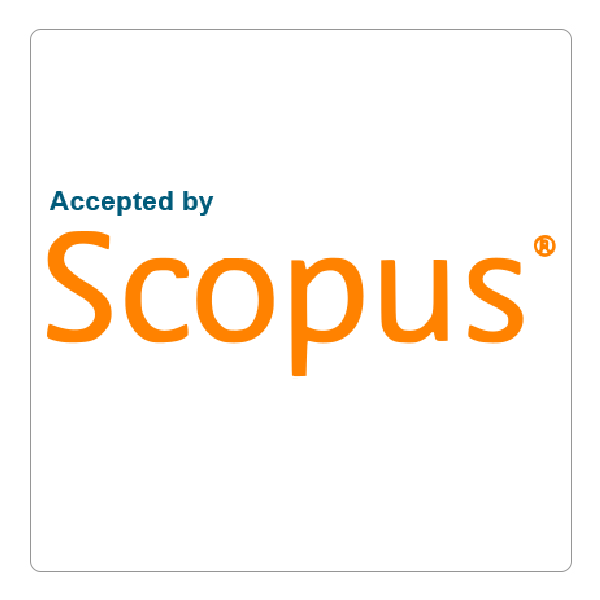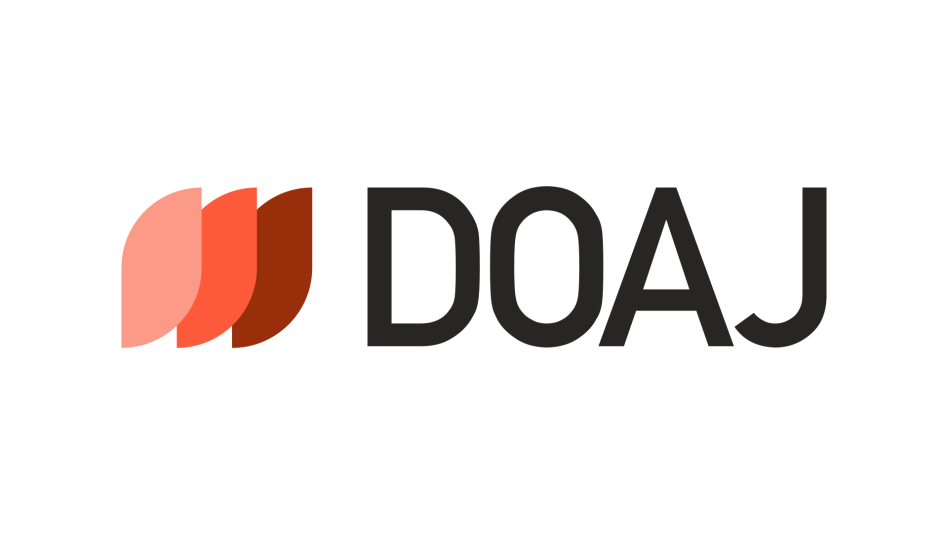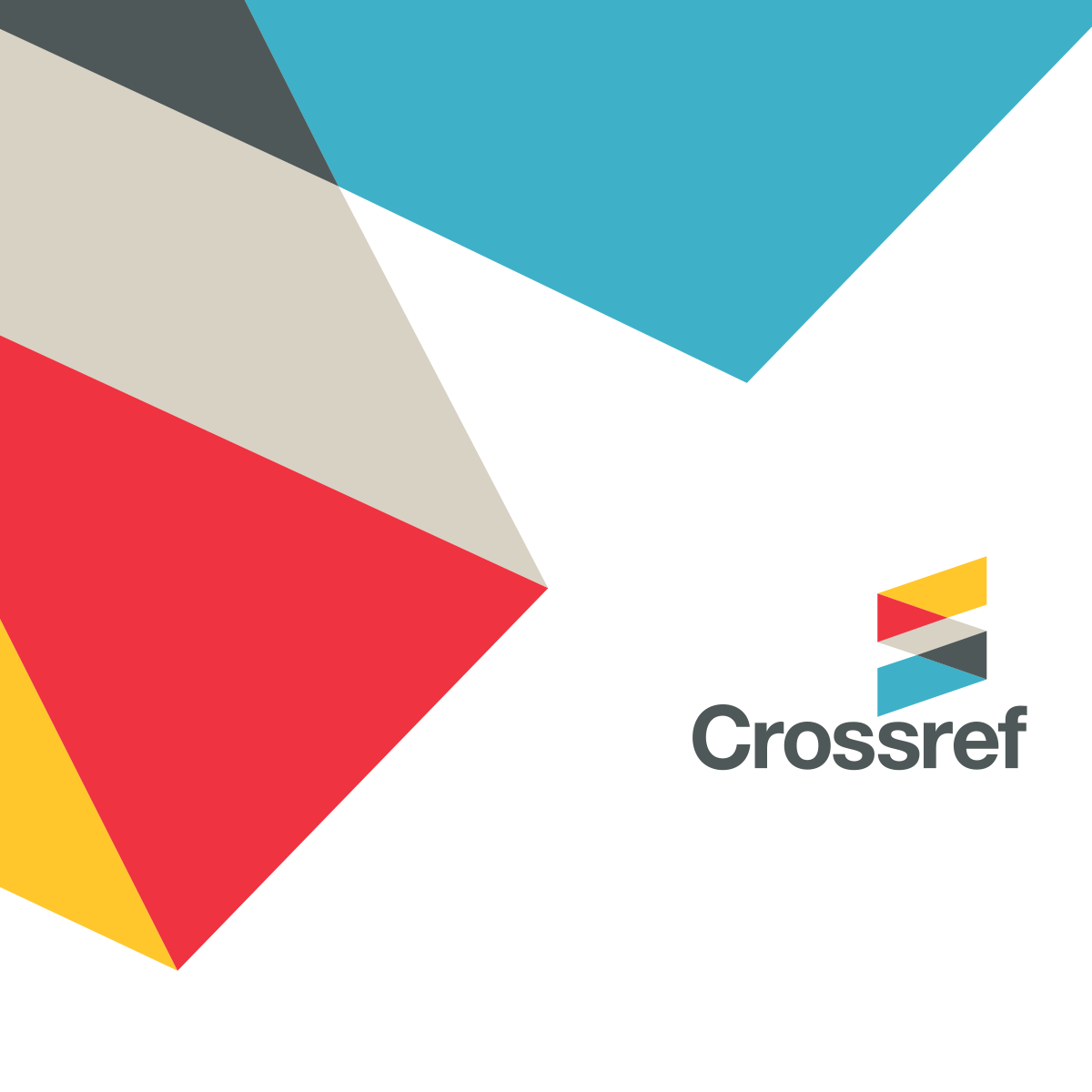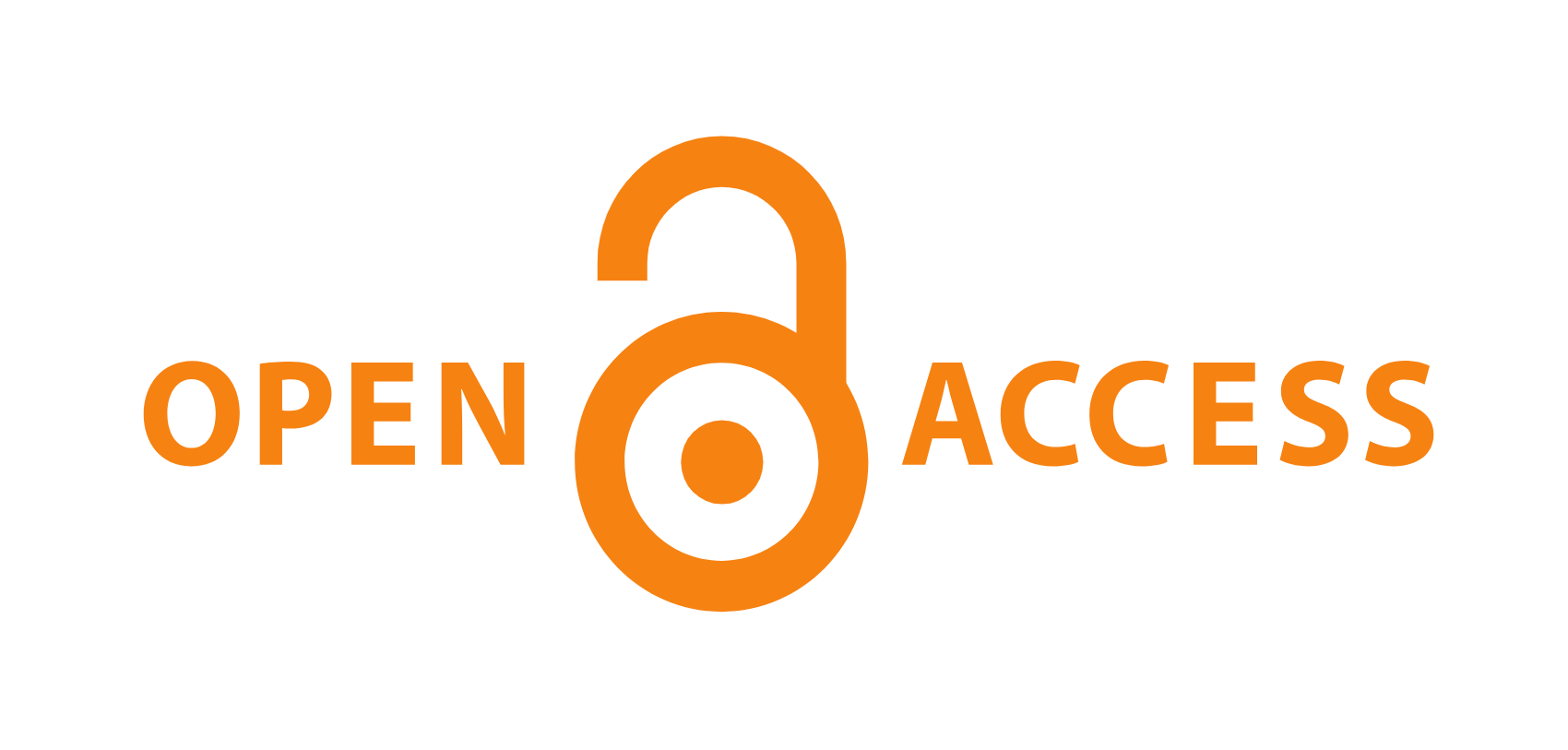How to Cite This Article
Rahman, Rayan Khalid and Kakrasul, Jamal I.
(2025)
"Synergistic Effects of Nano-Additives and Aggregate Type on the Mechanical and Hydraulic Performance of Pervious Concrete Pavements,"
Polytechnic Journal: Vol. 15:
Iss.
2, Article 7.
DOI: https://doi.org/10.59341/2707-7799.1866
Document Type
Original Article
Abstract
Increasing demands for sustainable urban infrastructure have made pervious concrete emerge as a promising pavement material due to its ability to combine load-bearing capacity with stormwater infiltration. This paper explores the synergetic effect of nanomaterials on the mechanical, hydraulic and durability characteristics of pervious concrete made with three different coarse aggregates: crushed limestone (CL), river aggregate (RA), and recycled concrete aggregate (RCA). Twelve concrete mixes were prepared using varying combinations of nano-modified mixes to investigate their influence on key properties, including dry density, void content, compressive strength, tensile strength, permeability and abrasion resistance. The results showed that river aggregate mixes, particularly those modified with nano-silica and nano-alumina (e.g., RA-1), gained the highest compressive (34.60 MPa) and tensile (3.16 MPa) strengths, alongside significant improvement in abrasion resistance. Crushed limestone mixes showed an optimal balance between strength and permeability, while recycled concrete aggregate (RCA) mixes exhibited acceptable performance. Abrasion resistance was significantly improved by nano-modification, where some of the samples lowered mass loss on the surface by more than 40%. Statistical analysis using the general linear model ANOVA revealed the aggregate type was the dominant factor across most performance metrics, while nano-modification contributed significantly to durability and permeability control. These results indicate the importance of incorporating nano-modification and aggregate selection to produce high-performance, durable, and permeable concrete pavement systems.
Receive Date
21/07/2025
Revise Date
29/09/2025
Accept Date
05/10/2025
Publication Date
10-5-2025
References
[1] Montes F, Haselbach L. Measuring hydraulic conductivity in pervious concrete. Environ Eng Sci 2006;23(6):960—9. https://doi.org/10.1089/ees.2006.23.960.
[2] Borst M, O'Connor TP, Rowe AA, Stander EK. Hydrologic and pollutant removal performance of a Full-Scale, fully functional permeable pavement parking Lot. Edison, NJ, USA: U.S. Environmental Protection Agency; 2025.
[3] ACI Committee 522. ACI PRC-522-23: pervious concrete report. Farmington Hills, MI, USA: American Concrete Institute; 2023.
[4] Yang Jing, Jiang Guoliang. Experimental study on properties of pervious concrete pavement materials. Cement Concr Res 2003;33(3):381—6. https://doi.org/10.1016/S0008- 8846(02)00966-3. ISSN 0008-8846.
[5] Sherwani Aryan Far H, Faraj Rabar, Younis Khaleel H, Daraei Ako. Strength, abrasion resistance and permeability of artificial fly-ash aggregate pervious concrete. Case Stud Constr Mater 2021;14:e00502. https://doi.org/10.1016/j. cscm.2021.e00502. ISSN 2214-5095.
[6] Kevern JT, Zufelt JE. Performance of pervious concrete in cold climates. Reston, VA, USA: American Society of Civil Engineers (ASCE); 2020.
[7] Barua Goutom, Sadiqul Islam GM. Low tortuous permeable concrete pavement material: a new approach to improve physical properties. Clean Eng Technol 2024;20:100750. https://doi.org/10.1016/j.clet.2024.100750. ISSN 2666-7908.
[8] Tamimi A, Tabsh SW, El-Emam M. Pervious concrete made with recycled coarse aggregate and reinforced with date palm leaves fibers. Materials 2023;16:7496. https://doi.org/ 10.3390/ma16237496.
[9] Gonzalez-Martínez M A, Gomez-Sober on JM, Leal- Castaneda EJ. Permeable concrete with recycled aggregates. Study of its mechanical and microstructural properties. Materials 2025;18:770. https://doi.org/10.3390/ma18040770.
[10] Singh Seeni Bright, Madasamy Murugan, Chellapandian Maheswaran, Arunachelam Nakarajan. Effect of silica fume on the physical, hydrological and mechanical properties of pervious concrete. Mater Today Proc 2023. https://doi.org/10.1016/j.matpr.2023.03.473. ISSN 2214- 7853.
[11] Adil Goran, Kevern John T, Mann Daniel. Influence of silica fume on mechanical and durability of pervious concrete. Constr Build Mater 2020;247:118453. https://doi.org/10.1016/ j.conbuildmat.2020.118453. ISSN 0950-0618.
[12] Bilal H, Gao X, Cavaleri L, Khan A, Ren M. Mechanical, durability, and microstructure characterization of pervious concrete incorporating polypropylene fibers and fly ash/ silica fume. J Compos Sci 2024;8:456. https://doi.org/10.3390/ jcs8110456.
[13] Wu J, Hu L, Hu C, Wang Y, Zhou J, Li X. Impact of polypropylene fiber on the mechanical and physical properties of pervious concrete: an experimental investigation. Buildings 2023;13:1966. https://doi.org/10.3390/buildings13081966.
[14] Zhang Mao-hua, Li Hui. Pore structure and chloride permeability of concrete containing nano-particles for pavement. Constr Build Mater 2011;25(2):608—16. https:// doi.org/10.1016/j.conbuildmat.2010.07.032. ISSN 0950-0618.
[15] Liu Ruyan, Chi Yin, Jiang Qinghui, Meng Xiaoyu, Wu Kun, Li Shengjia. Physical and mechanical properties of pervious concrete with multi-admixtures. Mag Concr Res 2019;73: 448—63. https://doi.org/10.1680/jmacr.19.00145.
[16] Kadhium Mohammed R, Abdel-Hamead AA, Mohammed Othman F. Effect of nano-alumina on microstructure and mechanical properties of recycled concrete. J Engb Sustain Develop 2018;22(2):90—103. jeasd.2018.2.8. https://doi.org/10.31272/jeasd.2018.2.8.
[17] Marwan Allujami Hamzeh, Abdulkareem Muyideen, Jassam Taha M, Al-Mansob Ramez A, Ng Jing Lin, Ibrahim Azmi. Nanomaterials in recycled aggregates concrete applications: mechanical properties and durability. A review. Cogent Eng 2022;9(1):2122885. https://doi.org/ 10.1080/23311916.2022.2122885.
[18] Zheng Yuanxun, Zhang Yahui, Zhuo Jingbo, Zhang Peng, Kong Weixing. Mechanical properties and microstructure of nano-strengthened recycled aggregate concrete. Nanotechnol Rev 2022;11(1):1499—510. https://doi.org/10.1515/ ntrev-2022-0077.
[19] Haruehansapong S, Khamput P, Yoddumrong P, Kroehong W, Thuadao V, Abdulmatin A, et al. Enhancement of recycled aggregate concrete properties through the incorporation of nanosilica and natural fibers. Heliyon 2024 Nov 6;10(22):e39924. https://doi.org/10.1016/j.heliyon.2024. e39924.
[20] Islam MF, Safayet MA, Sobuz MHR. Nano materials in recycled aggregate concrete: a comprehensive review. Khulna, Bangladesh: Khulna University of Engineering & Technology (KUET); 2023.
[21] Wang X, Liu Z, Wang Y, Zhang X, Jiang M. Impact behavior of recycled aggregate concrete modified with nano-silica and fiber. Sci Rep 2025;15:19137. https://doi.org/10.1038/ s41598-025-04264-1.
[22] Khan MA, Ashraf MS, Onyelowe KC, Tariq Khawaja Adeel, Ahmed Mohd, Ali Tariq, et al. Machine learning predictions of high-strength RCA concrete utilizing chemically activated fly ash and nano-silica. Sci Rep 2025;15:10255. https:// doi.org/10.1038/s41598-025-94387-2.
[23] Zarzuela R, Luna M, Carrascosa LM, Yeste MP, Garcia- Lodeiro I, Blanco-Varela MT, et al. Producing C-S-H gel by reaction between silica oligomers and portlandite: a promising approach to repair cementitious materials. Cem Concr Res 2020;130:106008. https://doi.org/10.1016/j.cemconres. 2020.106008.
[24] ASTM C150/C150M-24. Standard specification for Portland cement. West Conshohocken, PA, USA: ASTM International; 2024.
[25] Standard Test Method for Relative Density (Specific Gravity) and Absorption of Coarse Aggregate. ASTM C127-24, https://doi.org/10.1520/C0127-24; 2024.
[26] Standard specification for chemical admixtures for concrete. ASTM C494/C494M-24, https://doi.org/10.1520/C0494_ C0494M-17; 2024.
[27] ACI Committee 212 ACI PRC-212.3-16 report on chemical admixtures for concrete. 2016.
[28] Standard test method for slump of hydraulic-cement concrete. ASTM C143/C143M-20, https://doi.org/10.1520/ C0143_C0143M-12; 2020.
[29] ASTM C1754/C1754M-25. Standard test method for density and void content of hardened pervious concrete. West Conshohocken, PA, USA: ASTM International; 2025.
[30] Standard test method for compressive strength of cylindrical concrete specimens. ASTM C39/C39M-24, https://doi. org/10.1520/C0039_C0039M-21; 2024.
[31] BS EN 12390-1 Testing hardened concrete - Shape, dimensions and other requirements for specimens and moulds. 2021.
[32] Standard test method for Splitting tensile strength of cylindrical concrete specimens. ASTM C496/C496M-17, https://doi.org/10.1520/C0496_C0496M-17; 2017.
[33] Standard test methods for measurement of hydraulic conductivity of coarse-grained soils. ASTM D2434-22, https:// doi.org/10.1520/D2434-22; 2022.
[34] Standard test method for resistance to degradation of small- size coarse aggregate by abrasion and impact in the Los Angeles machine. ASTM C131/C131M-20, https://doi.org/ 10.1520/C0131-06; 2010.
[35] CRC Press. Title of the book. 1st ed. Boca Raton, FL, USA: CRC Press; 2005. https://doi.org/10.1201/978142003 8439.
[36] Tennis Paul D, Leming Michael L, Akers David J. Pervious concrete pavements, EB302, Portland cement association,Skokie, Illinois, and national ready mixed concrete association. Maryland, USA: Silver Spring; 2004. p. 36.
[37] Senff Luciano, Labrincha Jo~ao A, Ferreira Victor M, Hotza Dachamir, Repette Wellington L. Effect of nano-silica on rheology and fresh properties of cement pastes and mortars. Constr Build Mater 2009;23(7):2487—91. https://doi. org/10.1016/j.conbuildmat.2009.02.005. ISSN 0950-0618.
[38] Sikora Paweł, Łukowski Paweł, Cendrowski Krzysztof, Horszczaruk El_zbieta, Mijowska Ewa. The effect of nanosilica on the mechanical properties of polymer- cement composites (PCC). Procedia Eng 2015;108:139—45. https://doi.org/10.1016/j.proeng.2015.06.129. ISSN 1877- 7058.
[39] Gaedicke Cristian, Marines Armando, Miankodila Farel. Assessing the abrasion resistance of cores in virgin and recycled aggregate pervious concrete. Constr Build Mater 2014;68:701—8. https://doi.org/10.1016/j.conbuildmat.2014. 07.001. ISSN 0950-0618.











Follow us: